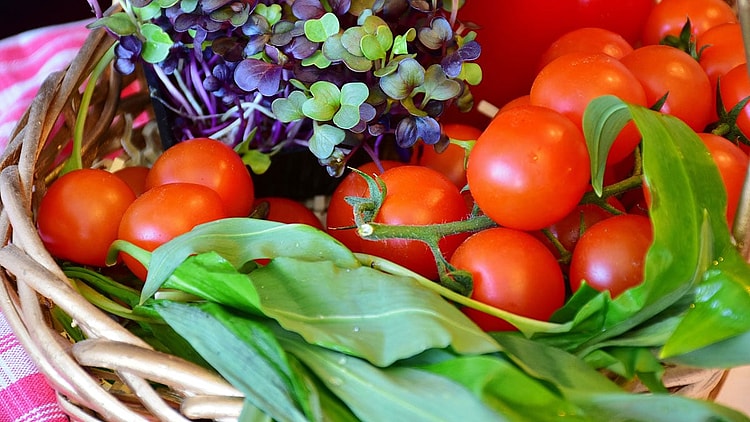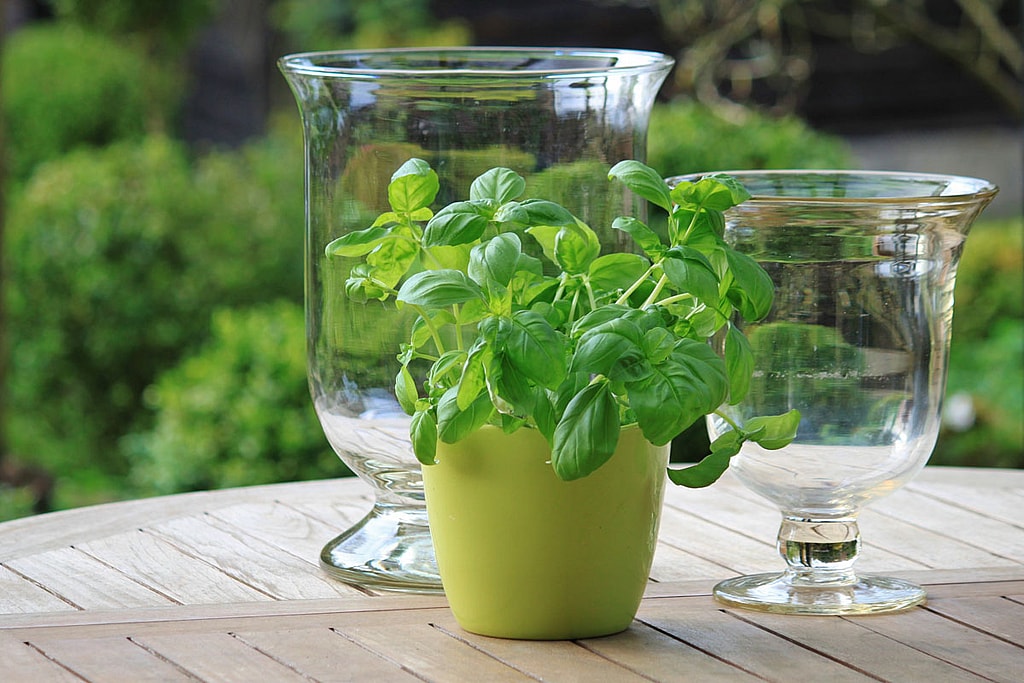
Is growing vegetables nerdy? With the tips, tricks, learning, and practice required – we think it is (at least a little):
And because it’s a little nerdy, we’ve put together this beginners guide to vegetable container gardening.
The Best Vegetables To Grow In A Container?
The best vegetables to grow in a container include Peas, Tomatoes, Potatoes, Carrots, Eggplants, Radishes, Leafy Greens, Peppers, Cucumbers, and Zucchini.
Once you’ve picked a vegetable to grow:
- Make sure you can move the container if needed.
- Only plant if you know you have sufficient growing days for your plant to mature.
- And plan how much space the vegetable you want to grow needs (and don’t overfill).
CHECK OUT: 7 Most Expensive Foods In The World
How Difficult Is It To Grow Vegetables?
It’s a common occurrence, people want to grow their own vegetables but decide against it thinking it requires huge space, lots of time, and has a high failure rate:
We’re not going to lie. Some of that is true. However, in the pursuit of learning patience, processes, and feeling true gratification – there are few things as easily accessible that are better:
(Growing plants can also help with mental health issues).
The truth is, with a single container, a little time and effort, you can successfully grow vegetables.
These are the 5 steps for successful vegetables container gardening:
1. Picking The Right Container For Drainage
After picking your vegetable, the next step is picking the right container.
You need a container that offers the ideal drainage so that your plants thrive. Proper drainage stops your plants from drowning.
Whatever container you choose should be able to allow any excess water to drain out of the bottom. This ensures that your plants are not sitting in soggy or watery soil all day because this will ultimately lead to root rot.
For proper drainage, there should be either one big hole or several small holes at the base of the container.
CHECK OUT: 5 Most Expensive Restaurants In The World
2. Use The Right Potting Soil
The next step is using high-quality potting soil in your container:
(The soil is a key part of growing vegetables).
Do not make the mistake of using soil from your garden as this will compact in the containers and not allow the water to drain properly.
One of the benefits of gardening in containers is that you avoid having to deal with weeds or other soil-borne diseases. And by using garden soil, you are likely transporting these problems into containers – where you could use fertile and well-maintained soil.

3. Managing Light & Temperature
It is very important that you grow your vegetables in the right light and temperature. Most fruiting vegetables like peppers and tomatoes will thrive only in full sun. This means that they need at least six hours in direct sunlight every day.
Measure Sunlight
It is easy to overestimate how much sun a particular area gets in your garden, or through your window. To get an accurate estimate, you should check the location once every 30-minutes during the day to confirm just how long the sun is directly hitting the spot where your vegetable container is:
(We said this was nerdy).
Growing In A Warm Climate
Just as important as light is heat. So, if you are in a hot climate, remember to provide shade to your plants during high heat periods throughout the day. Don’t let your growing vegetables overheat.
Plus, avoid using dark-colored or metal containers in high heat climates as these can become very hot and even end up burning off your plant’s roots.
Growing In A Cool Climate
Always harden off your seedlings. This is where you gradually move vegetable containers outside for incrementally increased periods so that the plant gets used to being outside.
And remember, if you live in a cool climate, avoid putting your vegetable containers outside all the time, especially if you do not know how long warm or cold periods will last.
CHECK OUT: The 7 Most Alcoholic Drinks In The World
4. Watering Your Vegetable Container
Many vegetable plants, like tomatoes, need a lot of water to grow and thrive. However, this does not mean that you drown your plants in water daily. The goal of container vegetable growing is to keep the soil evenly moist, but it should not be soaking wet.
If you are wondering whether your plants require water, here’s a test:
- Try to stick your finger down into the soil just about an inch.
- If the soil feels dry, then add water.
- If you are unsure, wait and check again at a later time in the day.
During the summer months, you will need to water your plants at least once or twice a day depending on the above test.
Figuring out your watering requirements is one of the most important aspects of vegetable container gardening.
5. Give Proper Nutrition
Your plants also need the proper nutrition to grow, and their nutrition comes from fertilizer:
Some soils come packed with a fertilizer mixed in already, however, you can add extra fertilizer several times during the growing season.
Many beginners like to mix organic, granular fertilizer into the containers before planting their vegetables, and then they add diluted liquid fish emulsion every few weeks.
You can also use liquid seaweed to give the plants the proper nutrition that they require.
These 5 steps, along with the plant’s specific sunlight, shade, and watering instructions will turn your seed into a plant that produces vegetables. Watch this video for more information:
CHECK OUT: 5 Easiest Vegetables To Grow: Including Leafy Greens, Carrots, & More


